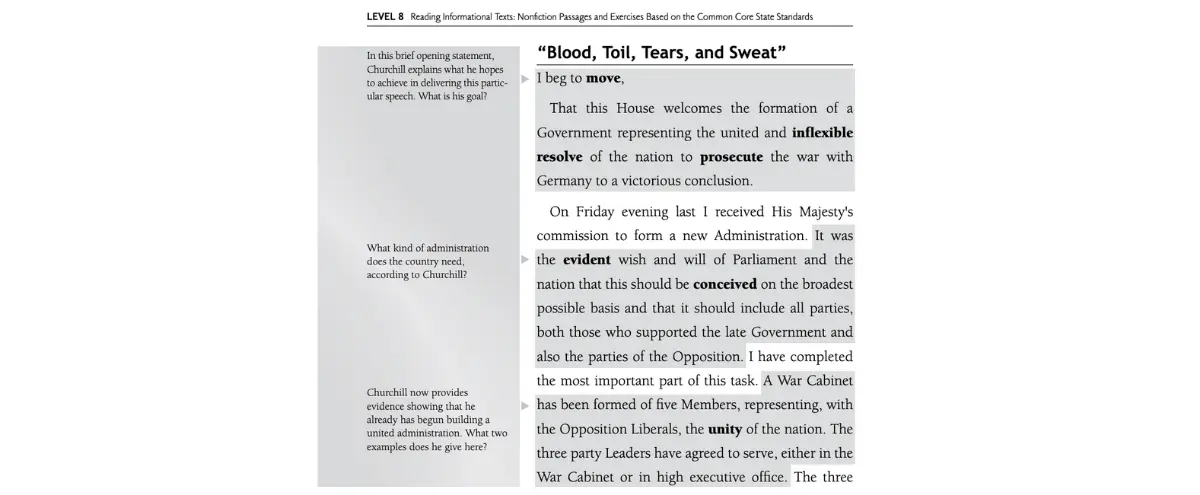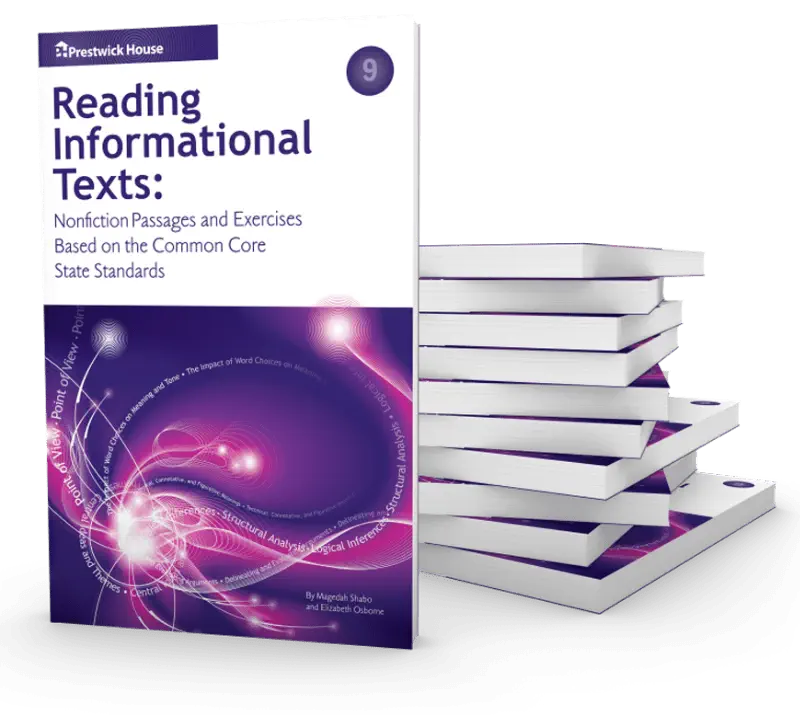Over the last decade, there’s been a push for students to read more informational texts in the classroom alongside traditional literature materials. But informational texts are more than just curriculum requirements—they're powerful tools for building the literacy skills needed to navigate an increasingly complex and data-rich world.
What are informational texts?
Like the name suggests, informational texts are written works designed to inform readers about a particular subject. These types of texts often present details in a structured format and include components such as headings, subheadings, diagrams, charts, and graphs to help readers better understand what they’re reading. Some common examples of informational texts include textbooks, news articles, scientific journals, instructional manuals, and reports.
Sometimes, people assume that informational texts and nonfiction are interchangeable terms, but that’s not really the case. Like informational texts, nonfiction works are written to explore real-life events, experiences, or ideas. The difference lies in the approach: nonfiction encompasses a broad range of writing styles, purposes, and subjectivity, whereas informational texts primarily focus on presenting factual details in an objective and organized manner.
Informational Texts and the Science of Reading
Rooted in research, the science of reading highlights the multifaceted nature of reading acquisition, encompassing decoding, fluency, vocabulary, comprehension, and more. While many conversations on the science of reading focus on using narrative texts in literacy instruction, informational texts also play a large role in developing key reading skills.
Text Structure: Knowing how to navigate different types of texts is crucial for overall reading proficiency. Informational texts typically follow specific structures, such as cause/effect, problem/solution, or sequential order. By recognizing patterns in text structure, students can follow the flow of information and extract key details more efficiently.
Background Knowledge: The science of reading recognizes the importance of activating and building upon prior knowledge for better comprehension. Studying informational texts related to science, history, social studies, and other content areas helps students broaden their understanding of key concepts, terms, and disciplinary conventions within those subjects.
Vocabulary Acquisition: Informational texts often contain domain-specific vocabulary that students wouldn’t typically encounter in other types of texts. Repeated encounters with specialized terms help students internalize the meanings and correct usage of these words, expanding their vocabulary and knowledge within the domain.
Critical Thinking Skills: Informational texts present readers with complex ideas, arguments, and perspectives, requiring students to flex their critical thinking skills. Is the information coming from a credible source? Is it presented as fact or opinion? Is it making any claims, and are they supported by evidence? Asking these types of questions as they read will help students develop their ability to approach information in any context with skepticism and discernment.
Reading Informational Texts in the Classroom
It’s easy to integrate informational texts in subjects like social studies and science, but what about English language arts? Scouring the internet and books for reading material that’s not only educational but also engaging eats up precious time that we know teachers are short on.
That’s why we created Reading Informational Texts. With this complete program for grades 7-12, there’s no need to start an informational text unit from scratch—we’ve done the work for you!
Each book in the series pairs high-interest, grade-appropriate reading passages with response questions modeled to meet state standards for informational texts. Your students will read a number of selections drawn from multiple academic subjects, including law, history, science, and politics.

Every informational text selection begins with a brief introduction that gives students background information about the work and the author behind it, if applicable. From there, students jump into the reading passage. Annotations throughout provide historical context, explain allusions to concepts students might not know, present analytical questions to consider, define vocabulary words, and more.
When they’re finished reading, students are tasked with answering free-response questions on main ideas, text structure, the use of rhetorical devices, and other concepts. These questions require students to draw evidence directly from the text to support their answers.

Take a Closer Look
There’s so much more to learn about Reading Informational Texts! Free sample pages are available for download at your convenience. Simply fill out the form to preview reading passages for all levels of the program.